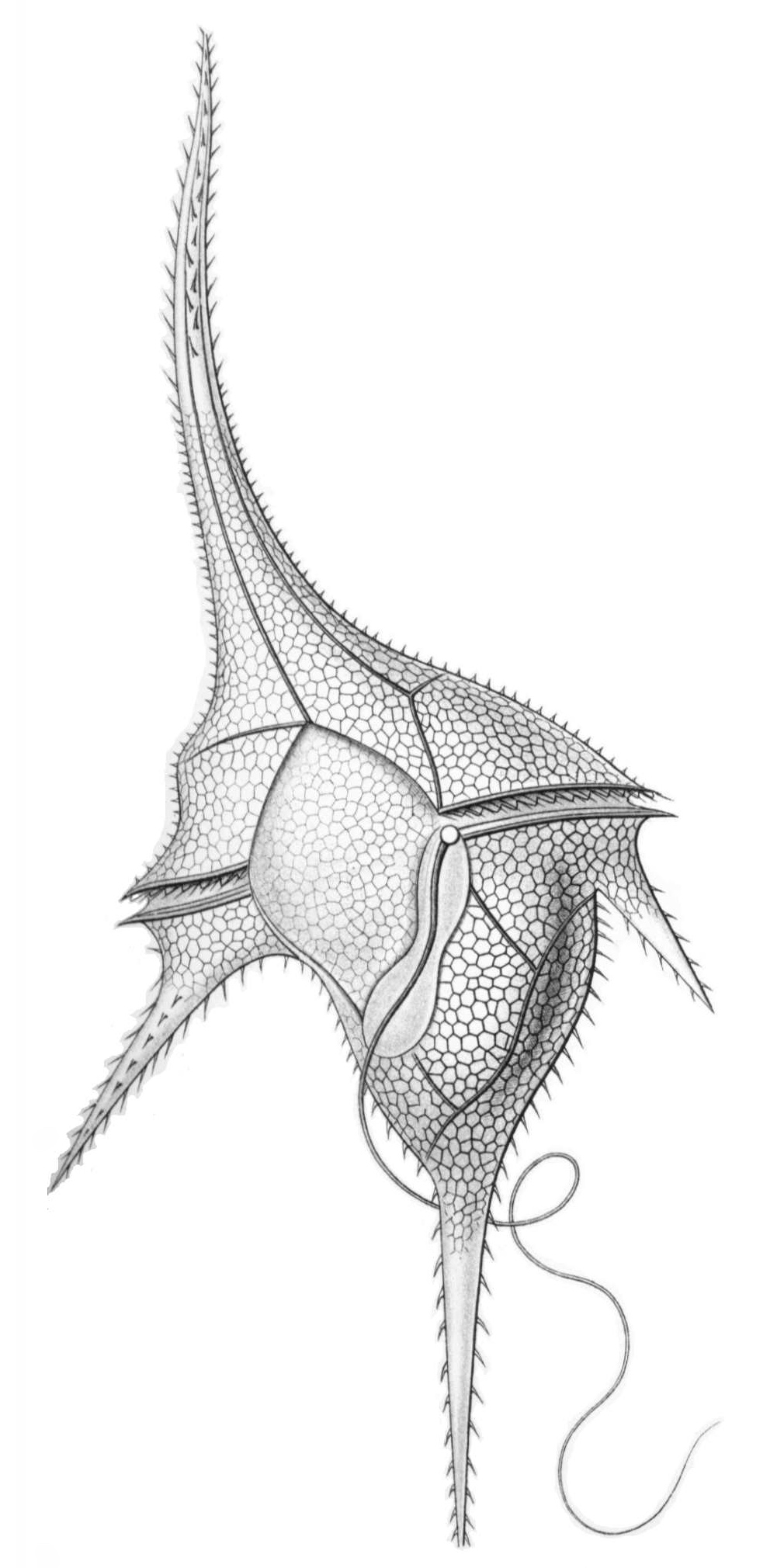There is a short version at the bottom.
Tank is a Nuvo 20 that has 2 AI 16hds for lights and only filtration is Filter floss and Rubble rock and water changes.
Hello everyone I have a curious question regarding some sps and my phosphate and nitrate levels. 3 sps corals where added about 6 weeks ago. I believe they are slowly getting use to my tank as they are growing slightly but after the addition they all lost color and browned out. I ran into an issue about 4 weeks ago when I noticed my phos dropped from .03-.06 to 0 and nitrate stayed at 0. This caused Dino’s that are clinging to my rocks (I did scope them). So I started to feed heavy. 1/4 cube mysis or equivalent of rods food and 1/8tsp of reef roids daily for just 2 clownfish. I didn’t think much of it as I assumed my levels would raise but I checked this past weekend and nothing 0/0 again.
So I ordered neophos and neonitro to help bring my levels up. While waiting for them to arrive I slowly started to notice that all 3 of the sps frags are starting to color up better. Pink lemonade went from completely purple to starting to regain some yellow/green to it. A rainbow Millie is doing the same thing has some green/red now. Pc rainbow is also starting to show some greens.
While I’m still showing 0/0 phos and nitrate I’m curious if I should ride it out for a little to let the sps gain some colors or should I start dosing to help eliminate the Dino’s?
Short version:
losing a battle with Dino’s and 0/0 phos and nitrate. Sps are starting to look better though so should I start dosing neophos and neonitro to increase my numbers or try to ride out the Dino’s itself?
Full tank shot

Pink lemonade (before and after)


Tank is a Nuvo 20 that has 2 AI 16hds for lights and only filtration is Filter floss and Rubble rock and water changes.
Hello everyone I have a curious question regarding some sps and my phosphate and nitrate levels. 3 sps corals where added about 6 weeks ago. I believe they are slowly getting use to my tank as they are growing slightly but after the addition they all lost color and browned out. I ran into an issue about 4 weeks ago when I noticed my phos dropped from .03-.06 to 0 and nitrate stayed at 0. This caused Dino’s that are clinging to my rocks (I did scope them). So I started to feed heavy. 1/4 cube mysis or equivalent of rods food and 1/8tsp of reef roids daily for just 2 clownfish. I didn’t think much of it as I assumed my levels would raise but I checked this past weekend and nothing 0/0 again.
So I ordered neophos and neonitro to help bring my levels up. While waiting for them to arrive I slowly started to notice that all 3 of the sps frags are starting to color up better. Pink lemonade went from completely purple to starting to regain some yellow/green to it. A rainbow Millie is doing the same thing has some green/red now. Pc rainbow is also starting to show some greens.
While I’m still showing 0/0 phos and nitrate I’m curious if I should ride it out for a little to let the sps gain some colors or should I start dosing to help eliminate the Dino’s?
Short version:
losing a battle with Dino’s and 0/0 phos and nitrate. Sps are starting to look better though so should I start dosing neophos and neonitro to increase my numbers or try to ride out the Dino’s itself?
Full tank shot
Pink lemonade (before and after)



















